Panama: money magnet / Panama
Canal plus
In the past year 15,000 Venezuelans have fled Hugo Chávez’s regime to settle in Panama. They are not alone. Attracting everyone from US retirees to multinationals, Panama is emerging as Latin America’s most vibrant and strategic centre.
When Alberto Alemán Zubieta looks east from his offices, he sees ships lined up all the way to the horizon, waiting their turn to cross from the Pacific to the Atlantic Ocean through the Panama Canal. To the west, he watches them inch through the narrow channel at the Miraflores Locks. Directly below him is a row of hulking cranes that load stacks of containers on to ships as if they were matchboxes. It is a very profitable-looking view.
As the man responsible for this vital channel through Central America, Zubieta is regarded as the most important man in Panama, more so even than the president, Martín Torrijos. Without the canal, after all, Panama would be just another small regional player. Instead it towers over its neighbours in every sense, from the skyscrapers that dominate Panama City, to its growing economic might as a financial and logistical hub for all Latin America.
Money is pouring into the country from every side. Before September 11, rich Latin Americans looking for stability headed for Miami. Now, they find the US a hostile place with far more obstacles to entry and investment. Instead, Venezuelans and Colombians seeking refuge from the turmoil in their own countries now refer to Panama as “Plan B”. Here they can live, invest and fly anywhere in the Americas on Panama’s Copa Airlines.
Multinational corporations, from Hewlett-Packard and Procter & Gamble to Caterpillar have established major operations in Panama, finding it to be safe, sophisticated and accessible. Wealthy international investors have discovered its extraordinary coastline. From Italian automobile heir Jean Pigozzi, to hedge fund titan Paul Tudor Jones and doctors from the US, foreigners are buying up tracts of the country to build homes on.
And then there is the canal. Since the Americans left Panama in 2000 after running the canal for 96 years, it is as though a psychological cloud has been lifted from the country. Finally, it can pursue its destiny alone. The long years of dictatorship under Omar Torrijos and Manuel Noriega are also a distant memory.
“The canal was not run for the benefit of Panama,” says Zubieta of the years of US occupation. “Now we are maximising our best resource, which is our geographic position.” Despite hailing from one of Panama’s elite families – the so-called “rabiblancos”, or white tails – who have run the country for generations, Zubieta has the stout build and laconic manner of a stevedore. Educated at Texas A&M university, he symbolises a new professional class and the shaking off of the country’s shady past. He talks of building a “cluster” of ports, logistics facilities and financial services around the canal. “Panama is the only port in the world with terminals in two oceans,” he says. “It’s 50 miles between the oceans: eight hours via the canal, an hour by road or rail. We could be the Singapore of the Americas.”
Like Singapore, Panama benefits from a small population, just 3.3 million. Yet despite the money flowing into Panama City, it suffers from extreme income and educational inequality. The briefest foray beyond Panama City shows that it remains a developing country.
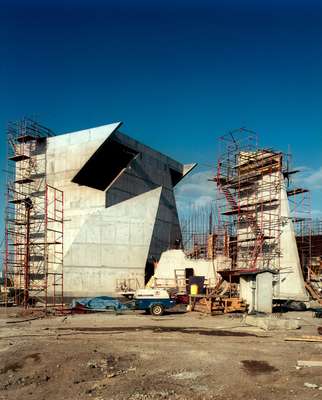

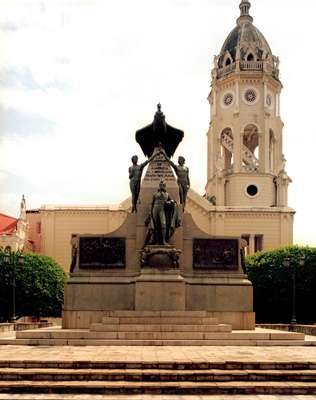
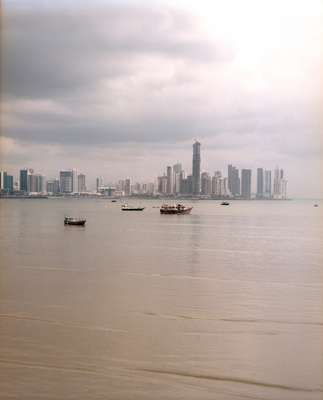
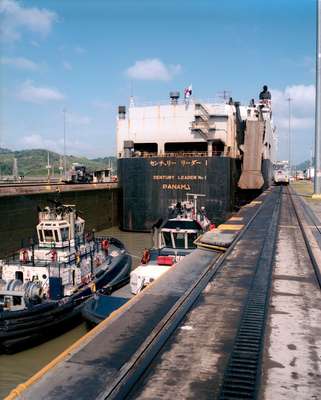
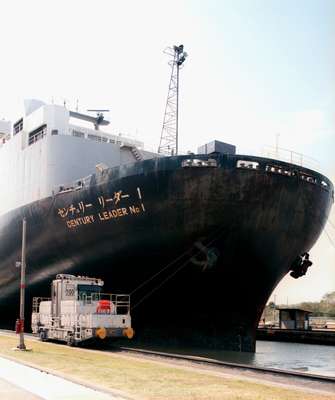
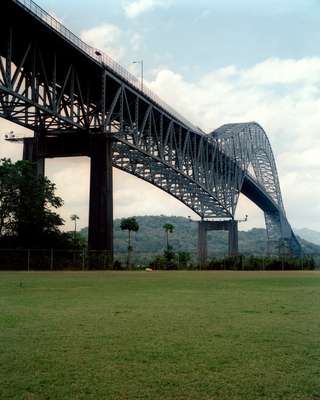
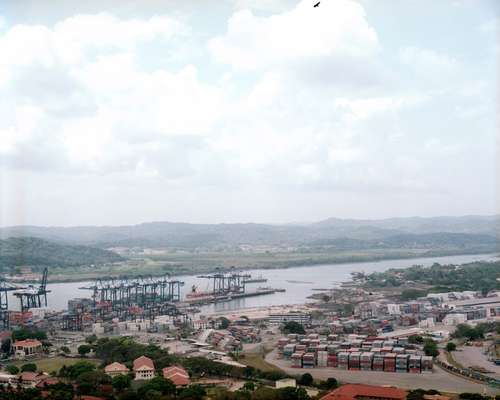
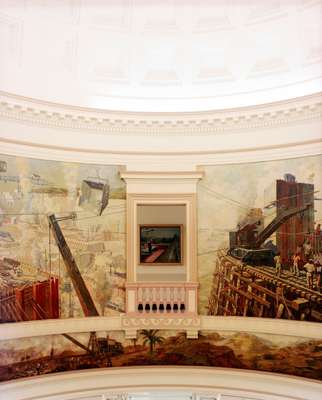

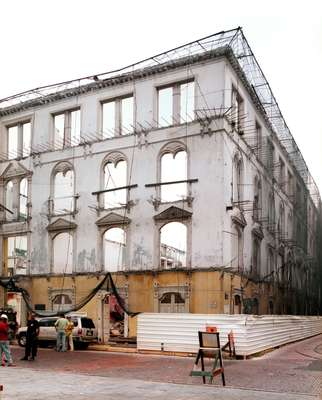

Zubieta has allowed companies from Asia and the Middle East to manage ports along the canal, as part of an improvement to both the capacity and efficiency. Plans have also been approved for an expansion of the canal by 2025, which will allow more and larger ships to pass through. Nicaragua has threatened for years to build a rival canal but the chances of this happening seem as remote as ever.
“When it was first proposed that the world should hand a major global asset to a little chicken-shit country, the presumption was they would fuck it up,” says Bobby Eisenmann, founder of leading newspaper La Prensa. “So when we didn’t, the reaction was positive.”
From the corner table at La Posta, Panama City’s smartest restaurant, David Henesy has a unique perspective on the country’s transformation. A New Yorker by birth, he lived in London, New York and Cartagena (see page 162) running restaurants, before settling in Panama.
“When we decided to come here, there was little romance and a lot of research,” he says, “Panama was like a fresh white canvas to start scribbling on.”
His arrival coincided with the surge of money from Venezuela. First, he opened La Posta, a tropical bungalow with ceiling fans and slatted doors which feels like it might be in LA, and soon afterwards Market, all brushed metal surfaces and open kitchen, as if transplanted whole from New York’s Meatpacking district.
“The Venezuelans come here with money,” he says. “They want a place where they can grow their wealth and settle their families. I love Hugo Chávez for driving them all up here.”
During the 1970s, when it turned into a financial centre, Panama made two smart decisions. First it adopted Swiss banking legislation. Then it did the same with the state of Delaware’s corporate laws, the most business-friendly in the US. For years afterwards, Panama attracted as much bad money as good, offering a sophisticated haven for those wishing to hide their cash. Recently, however, the government has made it hard to open a bank account in the country.
Brianna Meighan, a 25-year-old doctor’s daughter from Asheville, North Carolina, now lives in Panama City. She hosts a television programme called Hot Properties and publishes the first local magazine devoted to property.
Since arriving, she has witnessed rampant development in Panama City, culminating in a new Donald Trump apartment tower and a land grab along the coasts. She has seen US retirees buying up inland properties and Venezuelan families snapping up 60 per cent of the apartments in Panama City. Some 2,000 US citizens have retired to Panama and the number is growing rapidly.
Curling out into the Pacific Ocean between Panama City and the canal is a thin spit of land, the Amador Causeway. At its tip, the Bridge of Life, where the Museum of Biodiversity, designed by Frank Gehry, is under construction. Líder Sucre, the former environmentalist and Harvard MBA overseeing construction, imagines it will symbolise Panama for years to come.
“There’s a spectacular story to tell here of Panama’s emergence,” he says in rapid-fire English. Panama sprang up from beneath the oceans to link the Americas, to divert the Jet Stream back to warm the Mediterranean and to allow species to travel between hemispheres. Panama, he argues, has a far greater claim to be a destination for eco-tourists and environmentalists than Costa Rica.
His city, he concedes, is suffering growing pains. “The infrastructure isn’t great, the traffic is terrible. But in other ways, it’s like Zürich. It’s small and cosmopolitan. We have UN offices, 300 researchers and interns from the Smithsonian, as well as multinationals locating offices here. We have lots of different ethnic groups. It all makes it a very stimulating place to be.”
Taking off: Copa Airlines
Panama’s national carrier has been developed in partnership with Continental Airlines, and has become known as one of the safest and most successful airlines in Latin America.
Ambition: to be Latin America’s dominant airline, bigger than Costa Rica’s TACA or Chile’s LAN.
Advantage: location. Tocumen International Airport in Panama City is perfectly located for those travelling between North and South America. It’s also at sea level and is rarely afflicted by weather problems.
Fleet: 37 aircraft, including 26 Boeing 737 Next Generation and 11 Embraer jets, one of the youngest fleets in the world.
Dutch connection: from March you can fly from Amsterdam on KLM and connect to Copa’s many Latin American destinations on a single ticket. Copa is an associate member of the Skyteam Alliance.
Management: the US-educated CEO Pedro Heilbron is respected throughout the airline industry. He achieves some of the best profit margins in the business by demanding Copa follows the demands of its passengers, not vice versa.
Venezuelans in Panama
How many: more than 15,000 Venezuelans, most of them wealthy, have settled in Panama in the past 12 months. Why? Hugo Chávez and post-September 11 visa restrictions in the US have left them scrambling for a new place to call home. And their money is safe here. Any other reasons? “Panama is historically South America, geographically Central America and culturally Caribbean,” says Bobby Eisenmann, founder of La Prensa. “Venezuelans, who are also Caribbean, feel very much at home here.” Where? The smartest areas of Panama City, notably Punta Paitilla. Also holiday homes in Bocas del Tor.


